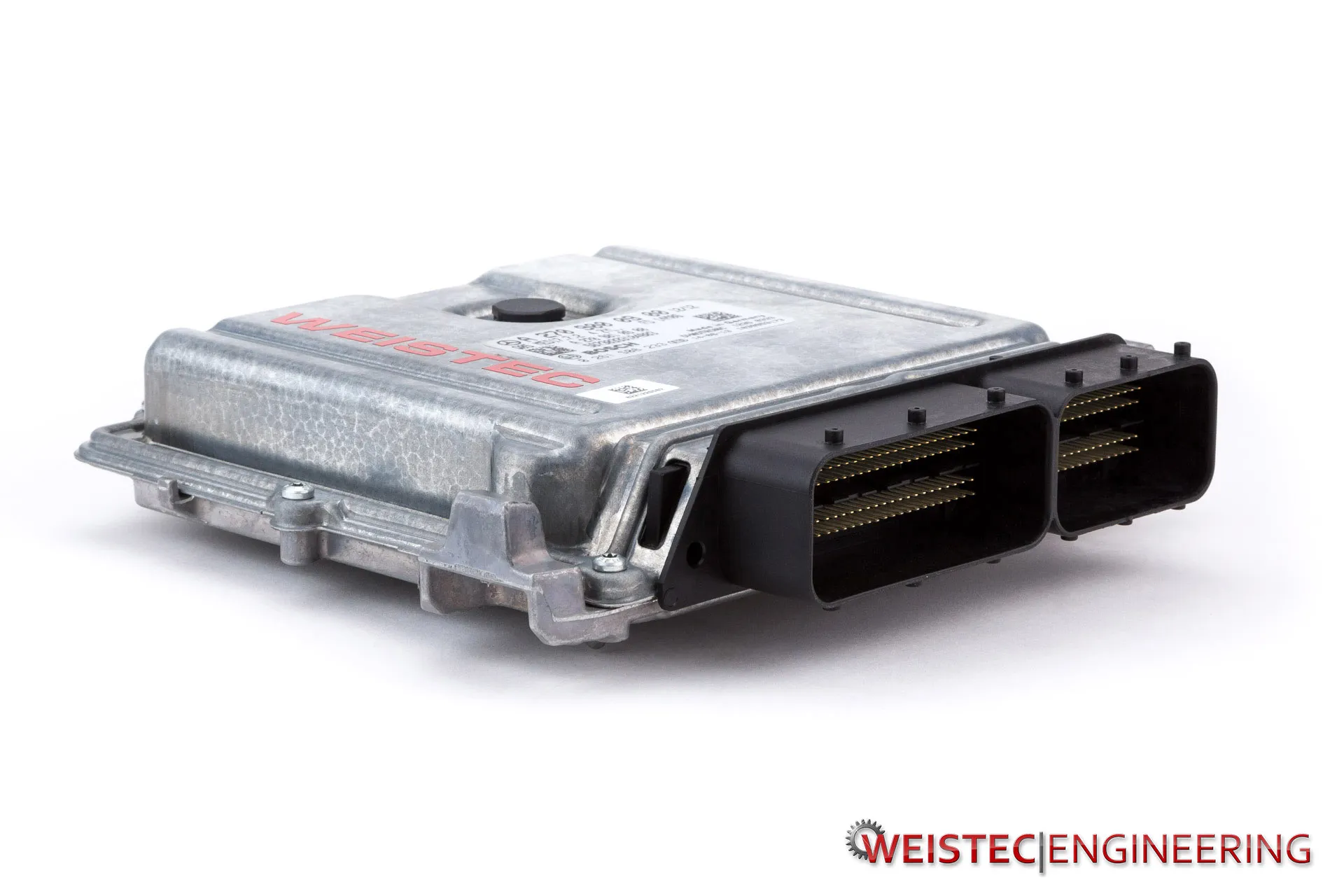Manufacturing something, especially something as complex and precise as an engine, is SOOOO much harder vs just buying it off the shelf and tuning it. That's likely where the difference lies in Lotus tuning with their limited budgets vs developing a new engine costing over a billion USD.Genuinely curious here -- if they have a lot of engineering why can't they just make an engine rather than using a 15 year old model from the Camry? I mean it's gotta be a pain in the butt to rely on other companies for engines.
I've heard this distinction with the M139 turbo vs other turbo engines. But reviewers still say the M139 cars have significant turbo lag / boost threshold time. So it won't be as good in response as a NA engine, the electric turbo version of the M139, or maybe the Ferrari TTV8.
This was described to you by people in the know? As far as I understand, the M139 already has a pretty linear power delivery. The small turbo MB engines, including the M139, are characterized by delivering the sensation of a naturally aspirated large displacement engine with good low end torque that continues to build - the torque peak is at 5K. This is in contrast to other high output turbo engines where the torque peaks at much lower RPMS and falls quickly towards the mid and upper RPMs. The GTI, STI, and Supra are good examples of this. Also as far as I know, this is a conscious design decision by MB and one that is implemented using software control instead of special intake/exhaust configuration. Fiddling with the intake and exhaust will make some measurable differences at the edges, but those are going to be relatively minor and would not change the characteristic of the engine.













